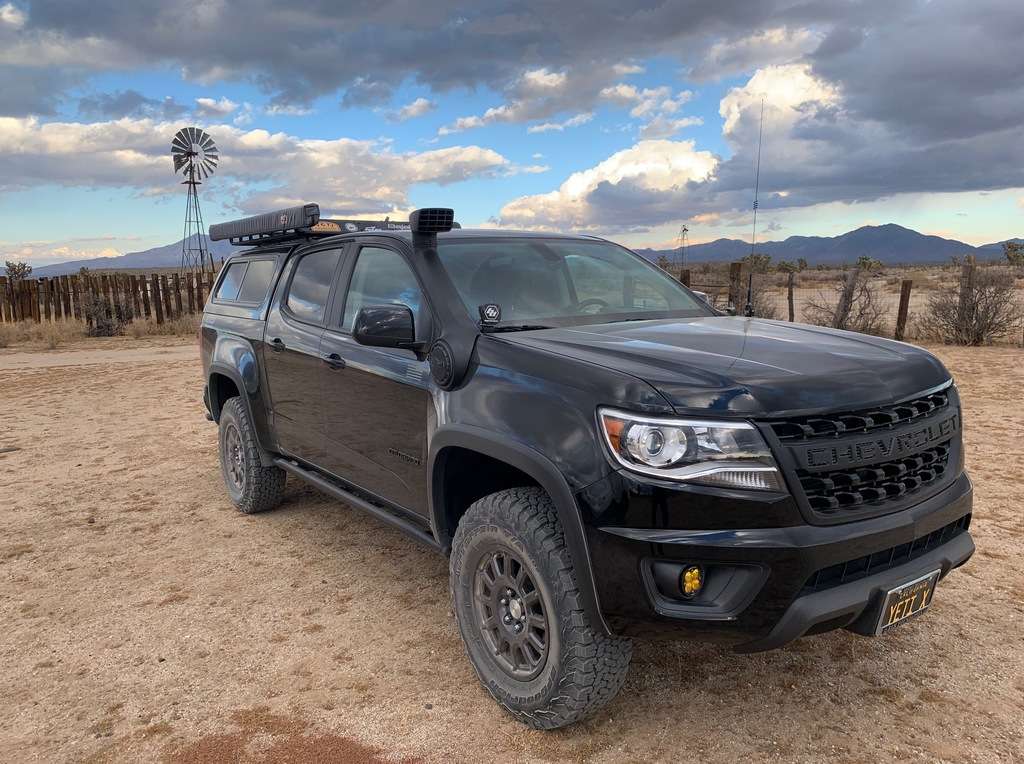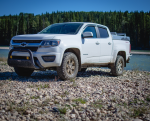Working on this right now for my build and will post up when it's done, but in the meantime I'll share my research.
The positive pressure system is basically the only way to fully and effectively "dustproof" a pickup truck box from what I can see. There are countless examples -- especially in Australia -- of the folks trying a million things under the sun from rubber bulb seals to silkaflex to raptor lining and more, but the only way to truly properly "dust proof" a typical pickup box is using positive pressure in addition to any sealing efforts. There are two reasons for this:
1) There are tons of tiny holes, gaps, etc. from manufacturing that even with hours of sealing, you'll still likely miss some.
a) There are plenty of seals for things like tailgates which are worth investing in, because those are massive gaps. In some trucks, sealing a hole with silicone is an option, but there's a lot of holes and many cannot be gotten to with silicone. A common solution is to use foam, rags, or similar to stuff these spaces, but I'm wary of that - I've not found many examples of this going wrong, but it strikes me that anything that can hold water and is in tight spaces will both increase risks of corrosion and increase risks of mold. I want neither on my rig.
2) The seals alone are not enough, though they will dramatically reduce dust. The reason is that when the vehicle moves through space, it pushes a ton of air out of it's way. This moving air creates a vacuum in the tub. No matter how good a vehicle is sealed, this slight pressure imbalance means that dust and debris gets sucked into the tray area.
Even a slight positive pressure variance will prevent this from happening as if air is constantly trying to force it's way out of the tub, there's no way for air (and the dust it's carrying) to get sucked into the tub. There are many ways to achieve this variance -- I've heard of folks using onboard air, but that seems complex and expensive and requires an extremely well sealed tub to begin with, or else a very high-cycle compressor (most 4x4-style compressors are not meant for constant use, only intermittent use with plenty of time for cooling). The alternative is to use vents that passively scoop air, or, as another poster mentioned, powered fans. One recommendation is actually to open the rear centre glass of your truck and the rear centre glass of your cap (if you have it). Apparently, dust ingress through the wide-open window will be minimal on most trucks due to aerodynamics, but this will help create that positive pressure which will keep the dust from getting pulled in through other areas (tailgate, bed rails, etc.). I've never tried it myself though.
Here's a pretty good overview:
Advice

magazine.unsealed4x4.com.au
And, related to this particular thread, I have a 2017 GMC Canyon I'm building out. Build thread here:
https://expeditionportal.com/forum/threads/build-thread-pachyderm-or-pac-a-2017-gmc-canyon.205519/
(Note - I started my thread before the mid-size section existed I think, but I'll try to get it moved over).






